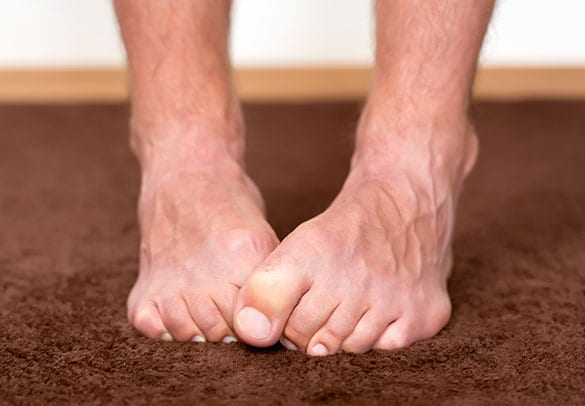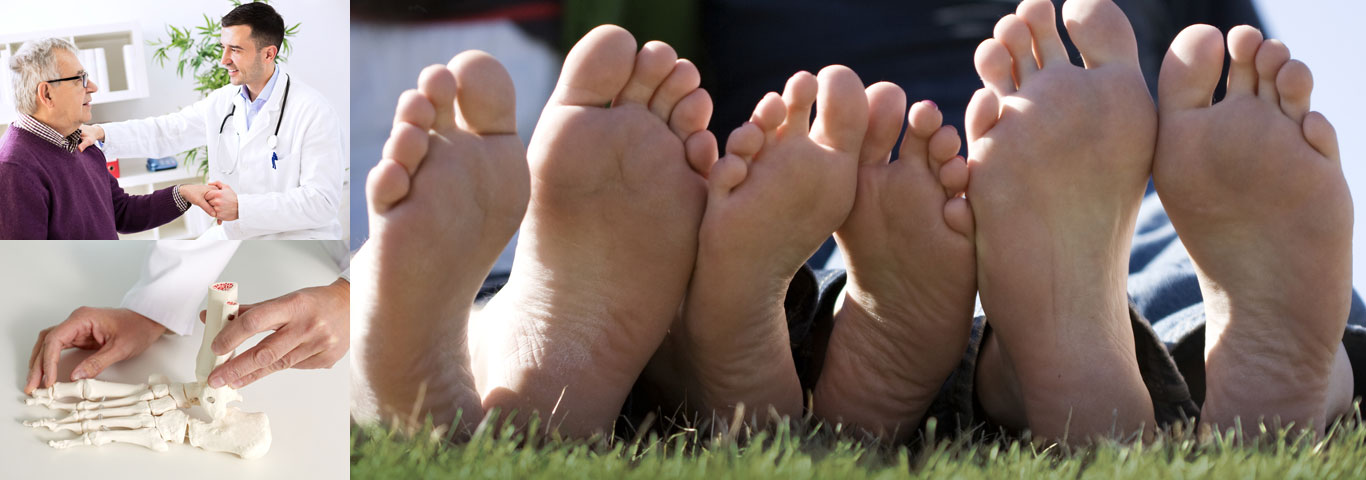
LA Orthopedic Group can improve the way your foot looks and feels with Minimally Invasive Bunion Surgery.
Your everyday routine can take its toll on your feet. Factors like your choice of footwear to the industry in which you work could cause you to develop bunions on your feet. You can decide if minimally invasive bunion surgery is right for you by learning how it is performed and which benefits it can offer you.
- Minimally invasive bunion surgery is faster and requires fewer incisions
- Recovery is faster with minimally invasive surgery
CONTACT US TODAY
What it Is
As its name implies, minimally invasive bunion surgery is a procedure that can be done with the smallest of incisions. Precisely, your surgeon will make an incision that is five millimeters long through which to insert the instruments that he or she will use to shave away the bunion.
While your doctor removes the bunion, he or she will monitor the progress and make sure that the rest of your foot is safe with x-rays. When the bunion is shaved down and the surgery is complete, the incision will be closed with stitches or liquid skin adhesive.
Recovery from minimally invasive bunion surgery is shorter than if you were to go through traditional bunion surgery. Regular bunion surgery requires a two- to three-inch incision and more extensive shaving and cutting, both of which contribute to a longer recovery period. With minimally invasive surgery, you may safely resume your normal routine within one to two weeks.


Benefits of Minimally Invasive Bunion Surgery
Along with having a shorter recovery period, this type of bunion surgery also offers other perks. Some of its more notable benefits include a marked improvement in the way your foot looks and feels. You can go back to wearing your favorite footwear as well as walking or standing without significant discomfort or pain.
Further, minimally invasive bunion surgery is safe and can be performed on most podiatric patients. The ideal candidate for this operation is someone who suffers from:
- Bunion-related foot pain
- Noticeable deformity
- Big toe inflammation
- Stiffness in the big toe or upper foot
Further, a candidate for this surgery may not be able to find relief by changing his or her footwear or by taking over-the-counter pain medications like ibuprofen or naproxen sodium.
As with any kind of operation, however, minimally invasive bunion surgery is not without its risks. Some of the possible complications that you could experience after your surgery include:
- Infection
- Stiffness
- Recurrence of the bunion
These complications are rare. Nonetheless, your doctor will urge you to be on the lookout for them as you recover at home after your surgery.
Bunions make it difficult to walk, wear your favorite shoes, and carry out your normal daily routine. Rather than put yourself through traditional bunion surgery, you may recover faster and better by electing to have minimally invasive bunion surgery performed on your feet.





